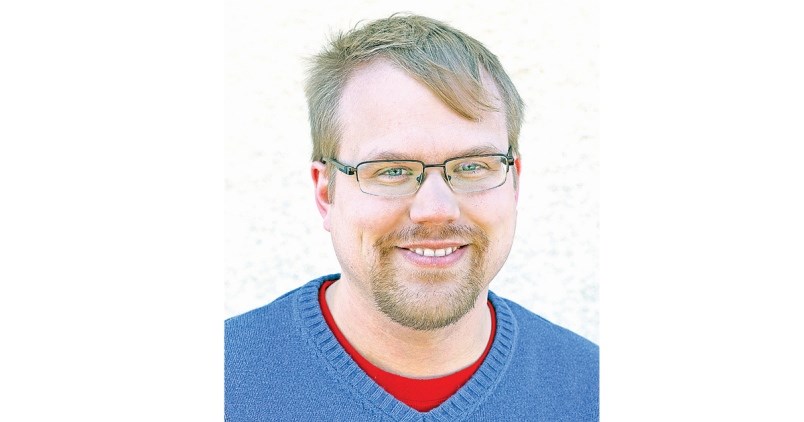If there’s a confirmed case of a COVID-19 in your community, shouldn’t you get to know?
If you ask the Saskatchewan Health Authority or the province, the answer is no.
Unless you live in the two big cities, the government will only tell you the number of cases within a broad region.
We’re in the central region, which goes from the Alberta border to the Manitoba border, from around Prince Albert to half way down Last Mountain Lake.
Knowing that there’s eight cases in the central region is not that useful when those cases could be in North Battleford, Prince Albert, Hudson Bay or Lanigan.
The only reason we know that there’s a COVID-19 case in Humboldt is because the person who had the case decided to stand up and inform the local mayor of the situation.
I think that knowing that COVID-19 is in your community is a great way to focus the mind on what needs to be done.
Staying inside, staying away from people makes much more sense if it’s known the disease is in your community rather than somewhere else. We know intellectually that the pandemic was coming, but it’s something that might not sink in until it’s here.
The province tells us the reason they aren’t telling us where cases are is because they have privacy concerns.
I understand that, but I think there’s ways to protect people’s privacy while giving more detail than “there’s eight cases in this third of the province.”
Looking at other countries, South Korea has gone as far as to release publicly the movements of people infected with COVID-19. Singapore is releasing demographic information like age and gender for each case.
When battling this disease, accurate information is key.
It’s time for the province to get more specific about where COVID-19 is in Saskatchewan.



